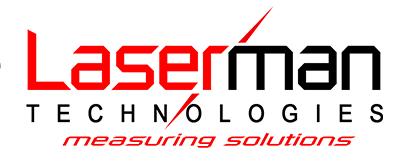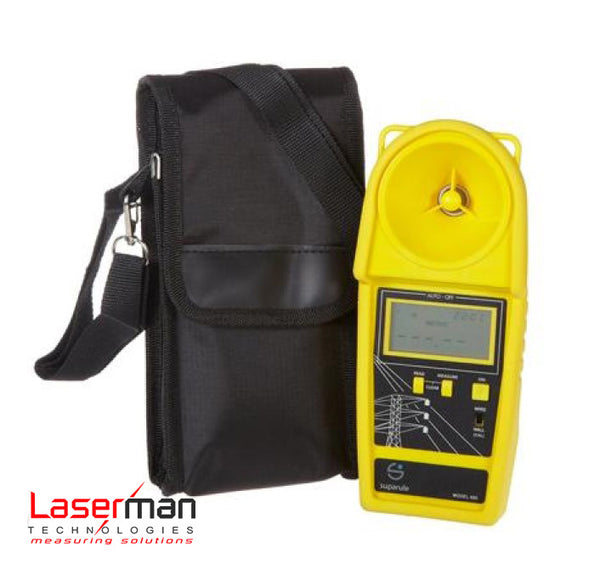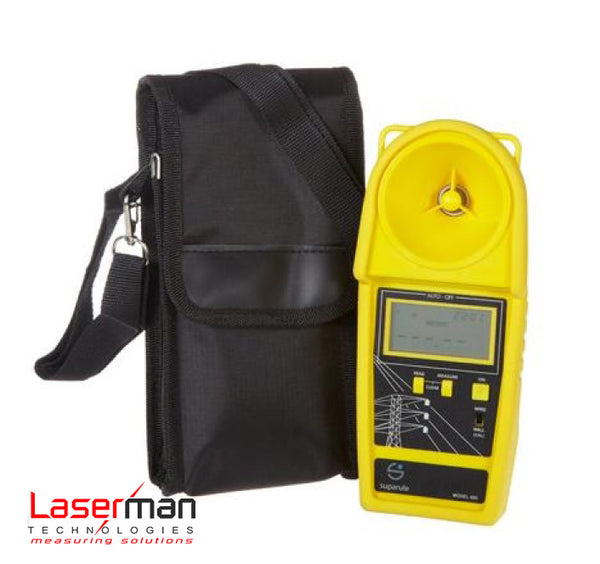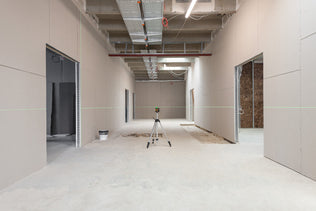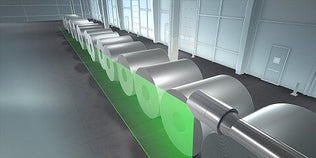Industrial Laser Tools
- Types of Industrial Laser Tools
- Applications of Different Types of Industrial Laser Tools
Types of Industrial Laser Tools
2D/3D Lasers
The biggest difference between a 2D laser and a 3D laser is that a 2D laser is unable to follow curves when projecting onto an object, whilst a 3D laser is able to follow these curves.
Lasers that project in 3D and then measure in 3D.
A 3D Laser is a type of non-contact scanner that uses the line of laser beams to capture the shape of an object. It creates a set of data points in a coordinate system, that represent the exact size and shape of a 3D object. These types of laser scanners can be used in surveying, medical and hospital industries.
Laser Projector

Image credit: Z-Laser
A laser projector works by taking drawings from a CAD system and directly projecting these plans onto your work surface, or any area needing part of material alignment. Laser projectors are also incredibly easy to operate as the size, form, position and height of the projection can be changed.
Typically, laser projectors require Windows software to operate the graphical preview of projection details and control of all image placement.
Machine Control Solutions
Machine Control Solutions refer to heavy machinery and other equipment that is required for earth moving and agriculture.
Positioning Laser Types
Cross Laser


Image credit: Z-laser
Line Laser


Image credit: Z-laser
Positioning Laser Types refers to the type of alignment you require for a project. There are two main types of laser positioning; line and cross.
Line positioning lasers are used to show working lines or edges for alignment and positioning. They can be used to display lines where material has to be cut, folded, glued, welded or just positioned.
Cross positioning lasers show working points or right angled stops. They mark the point where a tool will start working, or an angle for alignment in two directions like the corner of an object.
Some applications that positioning laser types can be used for include;
- Positioning workpieces
- Processing points
- Cutting lines
- Co-ordinate origins
- Area marking
Specialised Laser Systems
Specialised Laser Systems refer to highly specialised uses of lasers. Some of these industry applications include; tunnel excavation, laser cutting, engraving and architecture.

